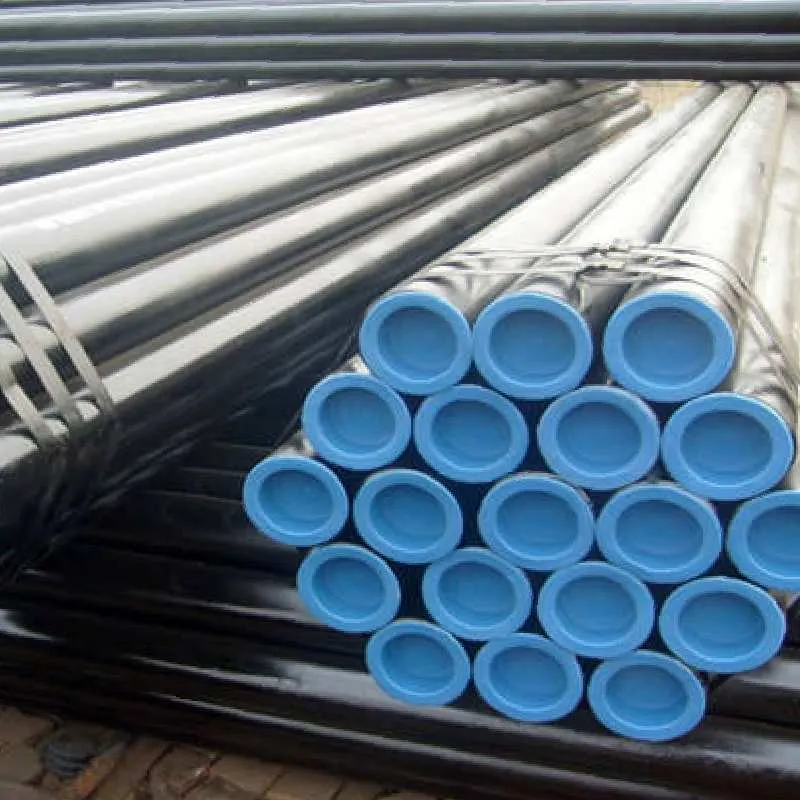Current location:
weld tube fittings
Date:2025-08-18 01:41:40 Read(143)

The American Petroleum Institute (API) plays a significant role in setting standards for the oil and natural gas industry, particularly through its API 5L standard. This standard specifies the technical requirements for the manufacture of two product types line pipe and line pipe fittings. Primarily intended for use in the transportation of oil and natural gas, API 5L ensures that the materials and manufacturing processes employed in the production of pipe meet stringent quality and performance criteria. . The standard categorizes pipes into different grades, each designated by its specific properties suited for various services. For instance, API 5L grades such as X42, X52, X60, and X70 indicate the yield strength of the steel, helping engineers and project managers select the appropriate grade for their specific application. Moreover, the API 5L standard is integral in maintaining pipeline integrity, ensuring pipes can withstand the pressures and corrosive environments they may encounter during operation. api 5l standard In addition to the specifications for physical characteristics, API 5L also outlines the necessary testing protocols that the pipes must undergo. These include non-destructive testing methods such as ultrasonic testing and radiographic inspection, which help detect any defects that may compromise the pipe’s integrity. Compliance with API 5L not only meets safety regulations but also instills confidence in the operational reliability of pipeline infrastructure. In today’s context, where environmental regulations and safety standards are becoming increasingly stringent, adherence to API standards is paramount. The API 5L ensures that pipelines are constructed from materials that meet high durability and performance standards, reducing the risk of leaks and failures that could have catastrophic consequences. In summary, the API 5L standard is crucial for ensuring the quality and safety of pipelines that transport oil and natural gas. As the energy sector continues to advance, the standards set forth by API will play an essential role in shaping the future of pipeline engineering, contributing to the development of reliable and efficient energy transportation systems. The ongoing refinement of API 5L further underscores the commitment to providing the best practices and guidelines necessary for a sustainable and safe industry.
Share:
Previous: Exploring the Unique Features of A333 and Its Impact on Engineering Applications
Next: blower impeller synonyms
Kind tips:The above content and pictures are compiled from the Internet and are for reference only. I hope they will be helpful to you! If there is any infringement, please contact us to delete it!
You may also like
- Exploring the Latest Innovations and Applications of Indux WMP Pump Technology in Industry
- EN 1092 PN16 Flanges - High-Quality Standards and Specs
- Exploring Various Dimensions and Specifications of Seamless Steel Tubes for Industrial Applications
- astm b444
- astm a53 gr b pipe
- Exploring the Standards and Applications of ANSI B16.24 for Flanged Fittings
- Exploring the Benefits and Applications of 2% Pipe Cap in Various Industries
- flange din pn 16
- Curved 3D Pipe Design for Fluid Transport and Structural Applications